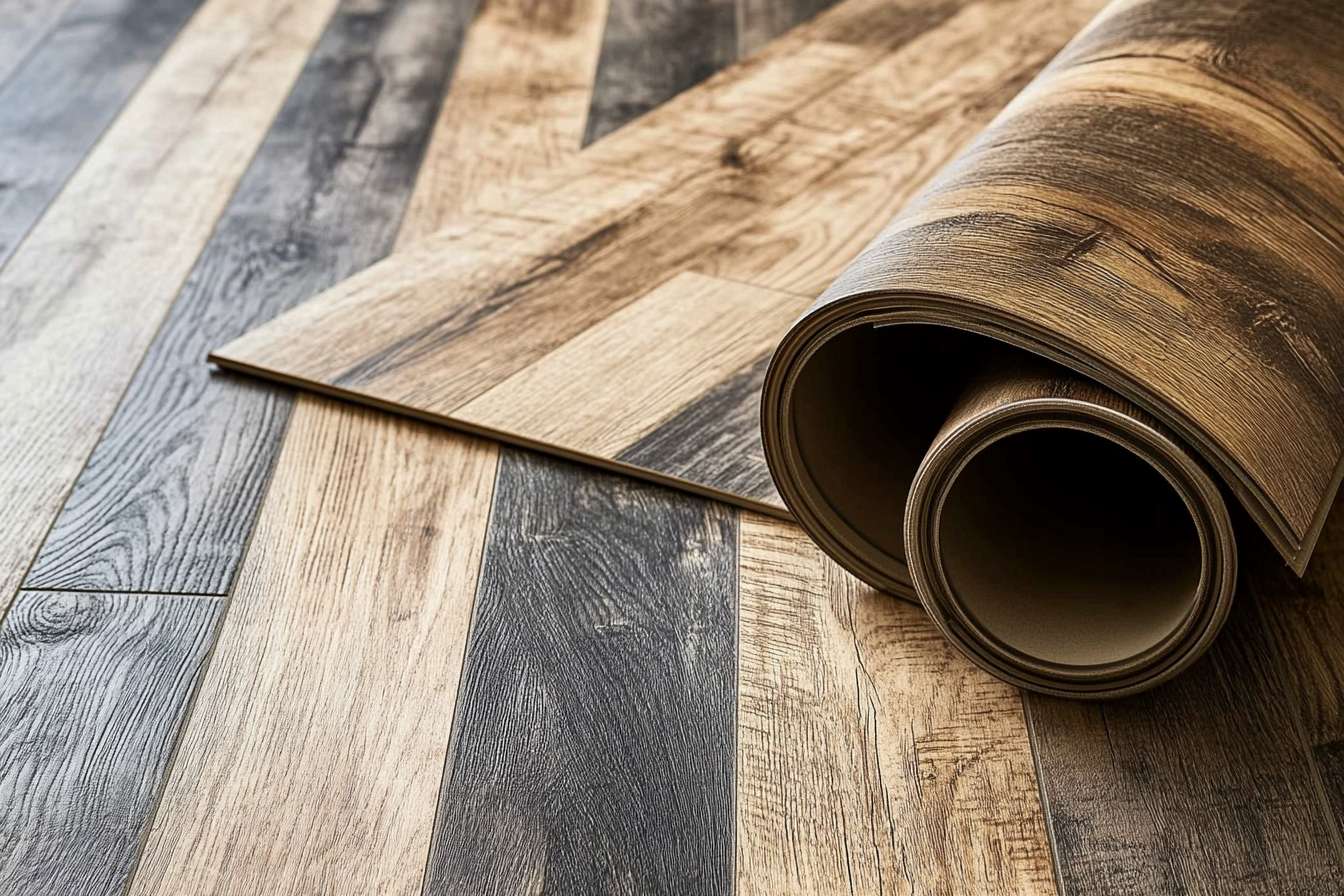Fiberglass Front Door Features and Installation Guide
Fiberglass front doors have become increasingly popular among homeowners seeking durability, energy efficiency, and aesthetic appeal. These doors offer a compelling alternative to traditional wood and steel options, combining the natural appearance of wood with enhanced weather resistance and lower maintenance requirements. Understanding the key features, installation considerations, and design options available can help homeowners make informed decisions when selecting an entry door that meets both functional and aesthetic needs.

What to Know About Fiberglass Front Doors and Their Common Features
Fiberglass front doors are manufactured using glass fibers embedded in resin, creating a composite material that offers exceptional strength and durability. These doors typically feature a foam core for insulation, providing superior energy efficiency compared to many traditional door materials. Common features include pre-hung installation systems, adjustable hinges, and weather stripping designed to create tight seals against the elements.
Most fiberglass doors come with multi-point locking systems for enhanced security, and many models include decorative glass panels or sidelights. The material naturally resists warping, cracking, and splitting, making it particularly suitable for regions with extreme weather conditions. Additionally, fiberglass doors often feature reinforced frames and can accommodate various hardware styles and finishes.
How Fiberglass Front Doors Might Compare to Wood and Steel Options
When comparing door materials, each option presents distinct advantages and considerations. Wood doors offer natural beauty and can be customized through staining or painting, but require regular maintenance to prevent weathering, rot, and insect damage. Steel doors provide excellent security and are typically more affordable initially, but may dent, rust over time, and offer limited insulation properties.
Fiberglass doors bridge many gaps between wood and steel options. They maintain the aesthetic appeal of wood grain textures while providing the durability and low maintenance characteristics closer to steel. Unlike wood, fiberglass does not expand and contract significantly with temperature changes, reducing the likelihood of sticking or gaps. Compared to steel, fiberglass offers better insulation properties and does not conduct heat or cold as readily.
Design Styles and Finishes Often Seen in Fiberglass Entry Doors
Modern fiberglass doors are available in numerous design styles to complement various architectural preferences. Traditional panel designs remain popular, featuring raised or recessed panels that mimic classic wood door construction. Contemporary styles often incorporate sleek lines, geometric patterns, or large glass panels for modern homes.
Finish options for fiberglass doors have expanded significantly, with many manufacturers offering realistic wood grain textures that closely resemble oak, mahogany, cherry, or pine. These textured surfaces can be stained to achieve desired color tones, or painted with specialized primers and paints designed for fiberglass surfaces. Smooth finishes are also available for homeowners preferring painted doors or contemporary aesthetics.
Installation Requirements and Professional Considerations
Proper installation is crucial for fiberglass door performance and longevity. Most fiberglass doors are sold as pre-hung units, including the door, frame, and hardware, which simplifies the installation process. However, precise measurements and level installation are essential to ensure proper operation and weather sealing.
Professional installation is often recommended, particularly for homeowners without carpentry experience. Installers must ensure the rough opening is properly sized, the frame is plumb and square, and appropriate flashing and weatherproofing materials are used. Improper installation can lead to air leaks, water infiltration, and premature door failure. Many manufacturers require professional installation to maintain warranty coverage.
| Door Type | Material | Cost Range | Key Benefits |
|---|---|---|---|
| Fiberglass Entry | Therma-Tru | $800-$2,500 | Energy efficient, low maintenance |
| Wood Entry | Jeld-Wen | $600-$3,000 | Natural beauty, customizable |
| Steel Entry | Masonite | $400-$1,500 | Security, affordability |
| Fiberglass with Glass | Pella | $1,200-$3,500 | Light transmission, style options |
Prices, rates, or cost estimates mentioned in this article are based on the latest available information but may change over time. Independent research is advised before making financial decisions.
Things to Consider Before Choosing a Fiberglass Door for Your Home
Several factors should influence the decision to select a fiberglass front door. Climate considerations are important, as fiberglass performs exceptionally well in areas with temperature extremes, high humidity, or frequent precipitation. The door’s energy efficiency rating should align with local climate conditions and energy conservation goals.
Budget considerations extend beyond the initial purchase price to include long-term maintenance costs. While fiberglass doors may have higher upfront costs than basic steel doors, the reduced maintenance requirements and longer lifespan often provide better value over time. Homeowners should also consider the door’s compatibility with existing architectural styles and personal aesthetic preferences.
Security requirements, local building codes, and any homeowners association restrictions should also factor into the decision-making process. Finally, consideration of the door’s warranty terms and the manufacturer’s reputation for quality and customer service can help ensure a satisfactory long-term investment.




